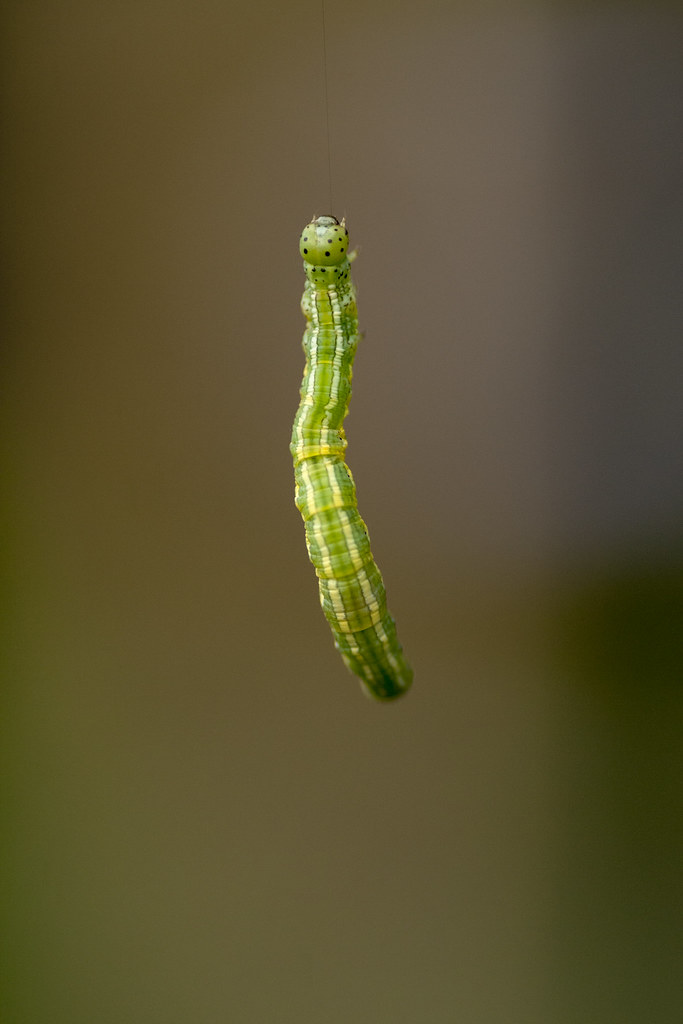The other day I was talking with Will from
Flies, Fat Tires, and Family about a small wild trout stream we both fish. We both noticed that the fish there are bigger and more numerous than in similar streams, and Will mentioned that a friend from the MA Division of Fisheries and Wildlife told him electroshocking confirmed these observations.
 |
| A nice brook trout from the stream in question |
A quick look at the
Massachusetts Coldwater Fishery Resource List will tell you that there are a lot of wild trout streams in Massachusetts - over 1,200, in fact. But not all 1,200 have fish like the stream Will and I like. You might think that the best streams are those with the most pristine watersheds, but that isn't always true. This stream is fairly close to Boston, yet it is far more productive than several streams I've fished further west.
So why is this stream so much better? The answer is, at least in part, geology.
Bedrock and Acid Rain
Bedrock is the layer of rock that lies underneath soil, sand, and other deposits on the surface. If you've explored the White Mountains of New Hampshire, you've probably seen the granite bedrock jutting out from the thin mountain soil.
So how does bedrock affect a trout stream? Groundwater, which contributes a significant portion of the flow of most wild trout streams, flows over and through bedrock on its way to the stream. As it flows, it dissolves some of the rock, changing the chemical content of the water. For trout, the most important consequence of this chemical change is acidity.
Different trout species have different tolerances to acidity, with Brook Trout being the most tolerant and Rainbow Trout the least. But the direct effects of acidity on the trout are not the most significant influence on productivity, rather it is the effects on their food supply that translate to the quality of the stream. Most aquatic insects prefer water in the neutral to slightly basic range (pH ~7-8), and crustaceans, such as scuds and sowbugs, require basic conditions to prevent their shells from dissolving. This means that all other things being equal, a more basic trout stream will have more food, and therefore more/bigger trout than an acidic stream.

Precipitation is naturally mildly acidic (pH < 7), but in areas with significant industrial pollution (basically all of the Northeast and Great Lakes) it can be significantly worse. As this precipitation flows into the ground, the acid is neutralized by basic ions dissolved from the rock. The only problem is, when it comes to neutralizing acid, not all rocks are created equal.
Granite, which makes up most of the bedrock in New England, has very little capacity to buffer acid, so our streams tend to be more acidic, and therefore less fertile. The White Mountains are a perfect example - the fish are small and almost all wild fish are brook trout, rather than the less acid-tolerant browns and rainbows. A good counter-example would be the streams of the Driftless area of Wisconsin or the spring creeks of Pennsylvania - the bedrock there is limestone, which has an exceptionally high buffering capacity. This results in highly fertile streams with tons of insects and trout populations exceeding 10,000 fish per mile.
Applying Geology to find a Productive Trout Stream
There are many other types of bedrock besides granite and limestone, each with a different degree of buffering capacity. It can be a little difficult to figure out how a given type of bedrock will influence acidity, so the best things to look for are actual measurements of pH from the stream of interest.
For Massachusetts, a great source of data is the
Acid Rain Monitoring Project run by UMass. They have pH data for most streams in the state dating back several decades.
When you look at the data, keep in mind the date of the measurement - nearly every stream will be relatively acidic in late winter and early spring when the snow is melting. Generally, streams with good buffering capacity will run between 6.5 and 8 in summer and fall. If a stream is lower than 6.5 in summer, it's probably somewhat sterile.
If you can't find any pH data for a stream, take a look at a Bedrock Geology map and identify the type of bedrock underlying the stream. Try a Google search for "X bedrock buffering capacity" or "X bedrock acidity". There are an unbelievable number of categories and subcategories of bedrock, so you might not get a definitive answer short of asking a Geologist.
For Massachusetts, the three main types of bedrock with good buffering capacity are Carbonate Rocks (royal blue on the map below), Calcpelite (sky blue), and Calcgranofels (lavender). Find a stream in one of these areas, and the fishing is likely to be pretty good.
 |
| Bedrock Geology of Massachusetts - from MA OLIVER |
Conclusion
Keep in mind that there are many factors that influence the productivity of a trout stream. A stream flowing over limestone will generally be better than a stream flowing over granite, but there's more to trout fishing than productivity. If granite streams were never fun, no one would fish in the White Mountains, but obviously that's not the case. So as you explore new trout streams this spring, consider geology - just don't forget to consider everything else that makes for a great day on the water!
See also: Aquifers: Saviors of Suburban Trout Streams



















